- The Historical Legacy of Chanderi Saree
- What Makes the Chanderi Saree Unique?
- Signature Motifs and Patterns
- Types of Chanderi Sarees You Must Know
- The Weaving Process of a Chanderi Saree
- Chanderi Saree in Modern Fashion
- Styling Tips for Chanderi Sarees
- How to Care for Your Chanderi Saree
- Chanderi Weavers: The Unsung Heroes
- Why Every Wardrobe Needs a Chanderi Saree
- Drape Yourself In Royalty & Feel The Luxury
A saree is not just a garment. It is a legacy, an emotion, and a cultural symbol. Among the many traditional sarees of India, the Chanderi saree holds a special place. Known for its sheer texture and regal elegance, the Chanderi saree has long been called “The Drape of Queens.” This title is not just poetic—it reflects its royal history, luxurious weave, and timeless appeal.
A saree is not just a piece of cloth. It is tradition, emotion, and identity. Among all sarees, the Chanderi saree stands out as a mark of elegance. With its soft texture, glossy finish, and royal appeal, it is rightly called the drape of luxury.
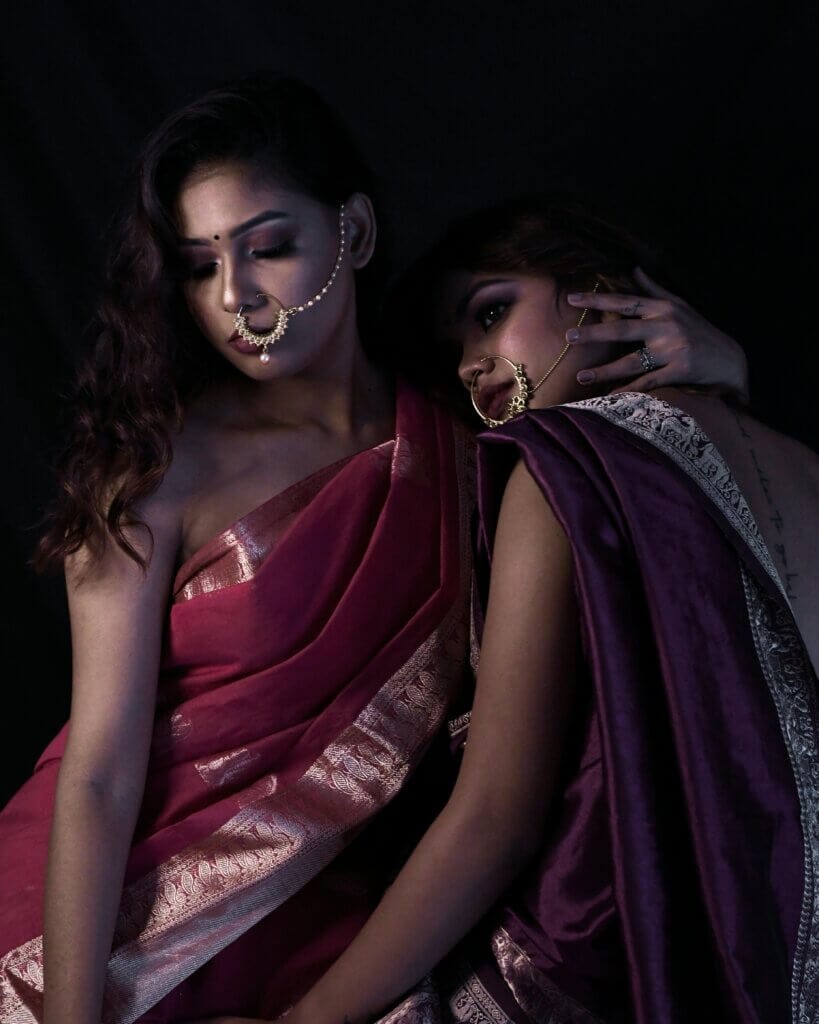
Light as air yet rich in appearance, the Chanderi saree is loved by women across India. It combines beauty with grace, making it suitable for both traditional and modern looks. Let’s explore everything about this beautiful saree—from its history to how you can wear and care for it.
The Historical Legacy of Chanderi Saree
The Chanderi saree comes from a small town named Chanderi in Madhya Pradesh, India. This town lies between Malwa and Bundelkhand, surrounded by hills, lakes, and forests. Because of its serene beauty and strategic location, Chanderi became a center of trade and culture during ancient times.
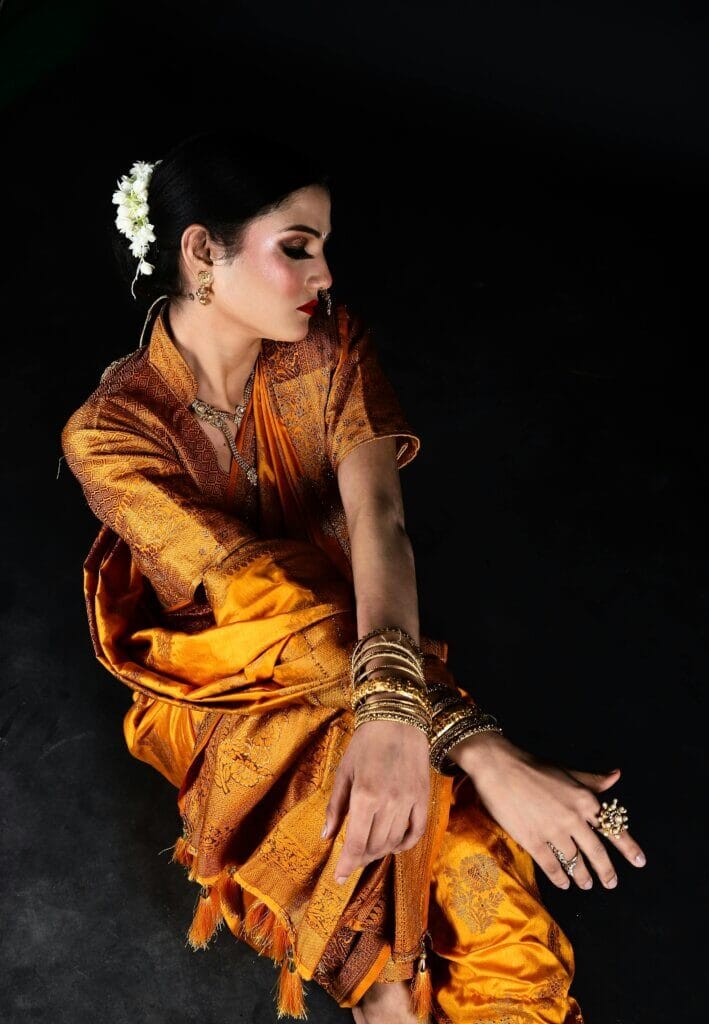
The weaving tradition of Chanderi is believed to date back to the 11th century. However, some legends even trace its roots to the time of Lord Krishna. Historical records suggest that Chanderi’s weaving flourished under royal patronage during the Mughal and Scindia periods. Since then, the Chanderi saree became associated with aristocracy and nobility. Queens and princesses of central India wore these sarees for religious functions, court visits, and festivals. Hence, the name “Drape of Queens” fits perfectly.
What Makes the Chanderi Saree Unique?
The charm of the Chanderi saree lies in its fabric. It is light, sheer, and glossy. This makes it easy to drape and comfortable to wear, especially in India’s warm climate.
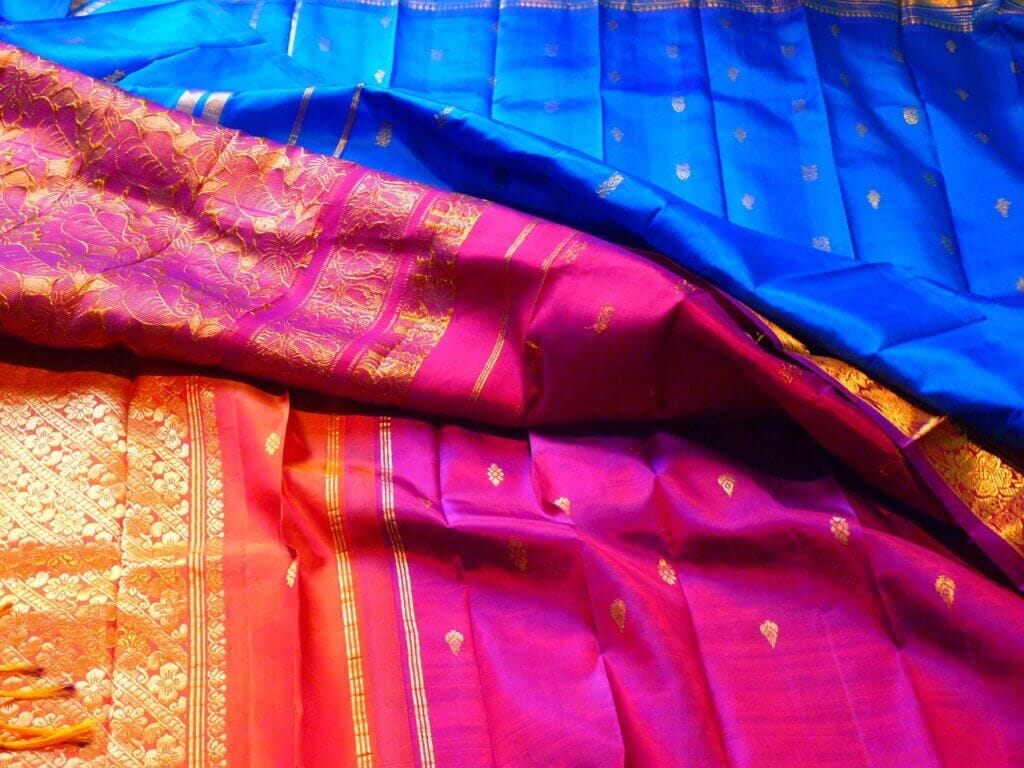
There are three main types of yarns used to weave Chanderi:
- Pure Silk
- Chanderi Cotton
- Silk-Cotton Blend
Each of these results in a different type of Chanderi saree, suitable for different occasions. The fabric is woven with fine threads that allow light to pass through, giving it a transparent look. Despite its delicate appearance, it is strong and durable. That’s why it is loved by people of all age groups.
Signature Motifs and Patterns
One of the key highlights of a Chanderi saree is its intricate motifs. These are inspired by nature and royal symbols. Common patterns include:
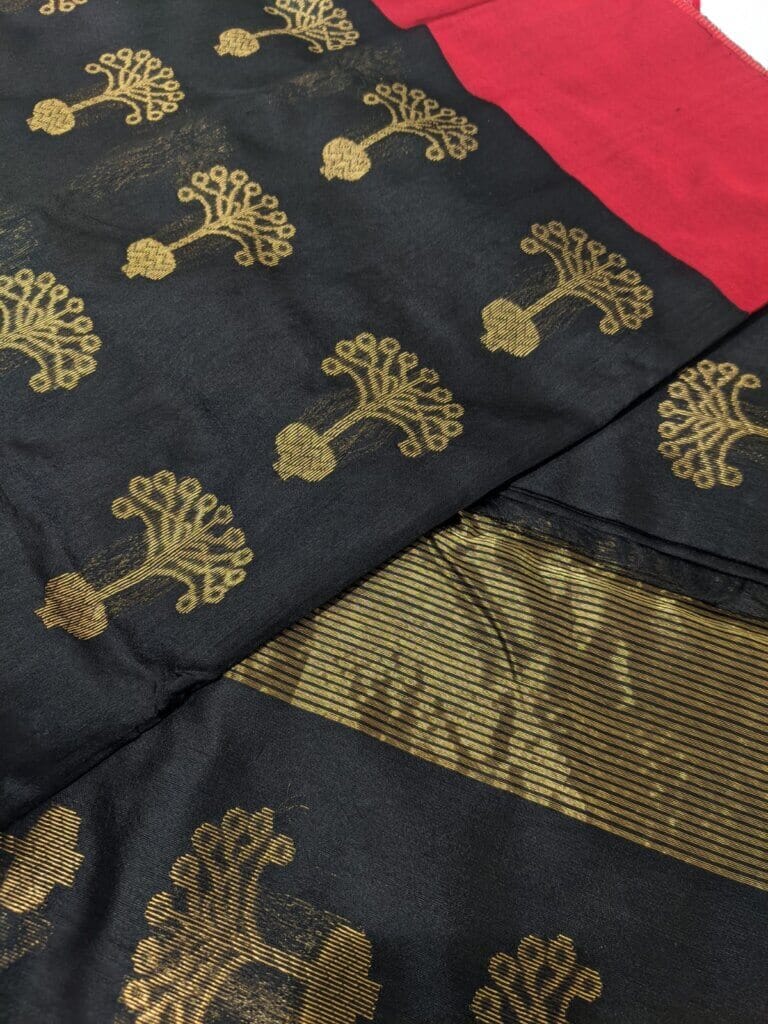
- Ashrafi or Coin motifs
- Peacocks
- Lotus flowers
- Swans
- Chand (Moon) patterns
- Floral butis and vines
Unlike printed designs, these motifs are woven by hand into the fabric using the extra weft technique. Because of this, each saree is unique and takes time to complete. These motifs give the saree a timeless beauty and showcase the artisan’s skills.
Types of Chanderi Sarees You Must Know
There are three main categories of Chanderi sarees, each offering a different look and feel.
1. Chanderi Cotton Saree
This is ideal for summer and daily wear. It is airy and breathable. The cotton makes it soft, while the weave keeps it crisp. These sarees often come in soft pastels and earthy tones, making them great for office wear, casual outings, or religious rituals.
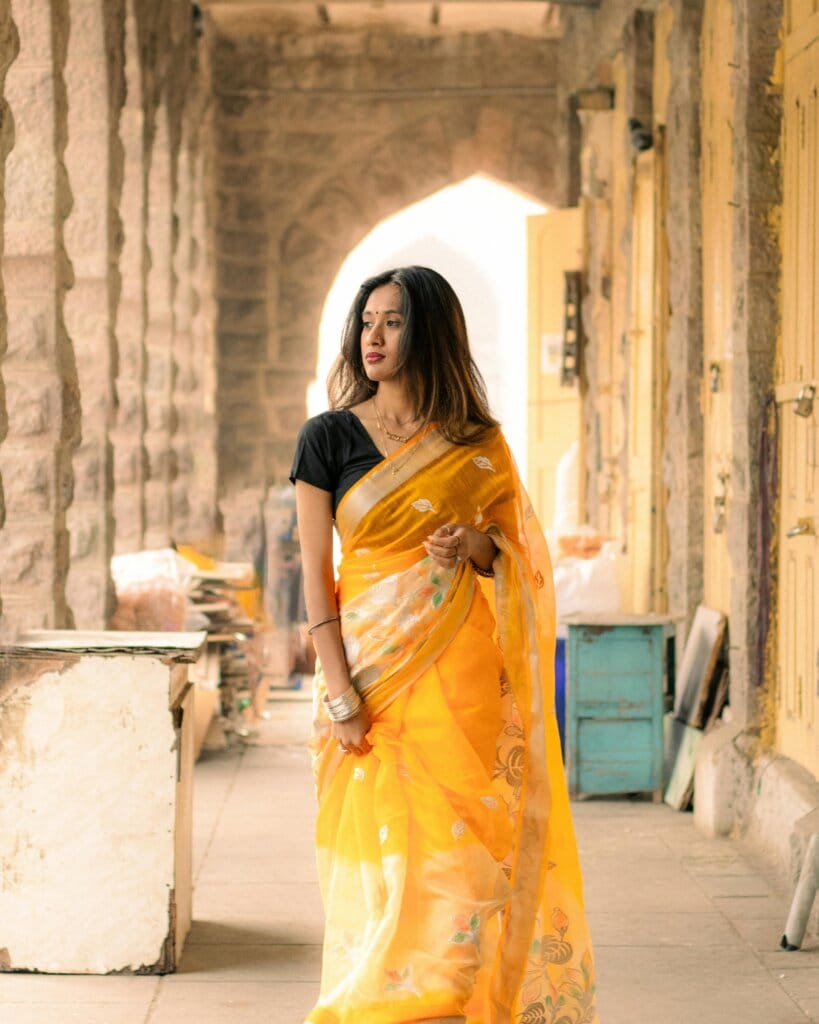
2. Chanderi Silk Saree
This version uses pure silk and is more glossy and festive. It is perfect for weddings, family functions, and festivals. The silk gives it a rich shine, while the woven motifs add grandeur.
3. Silk-Cotton Chanderi Saree
This is the most popular and versatile type. It combines the softness of cotton with the shine of silk. It is elegant yet comfortable, formal yet easy to carry. Hence, it is suitable for both traditional and modern events.
The Weaving Process of a Chanderi Saree
Weaving a Chanderi saree is a slow and delicate process. Most weavers still use handlooms to maintain the traditional feel. First, the yarns are dyed in soft colors. Then, the weft and warp are set on the loom. Skilled weavers then add motifs thread by thread.
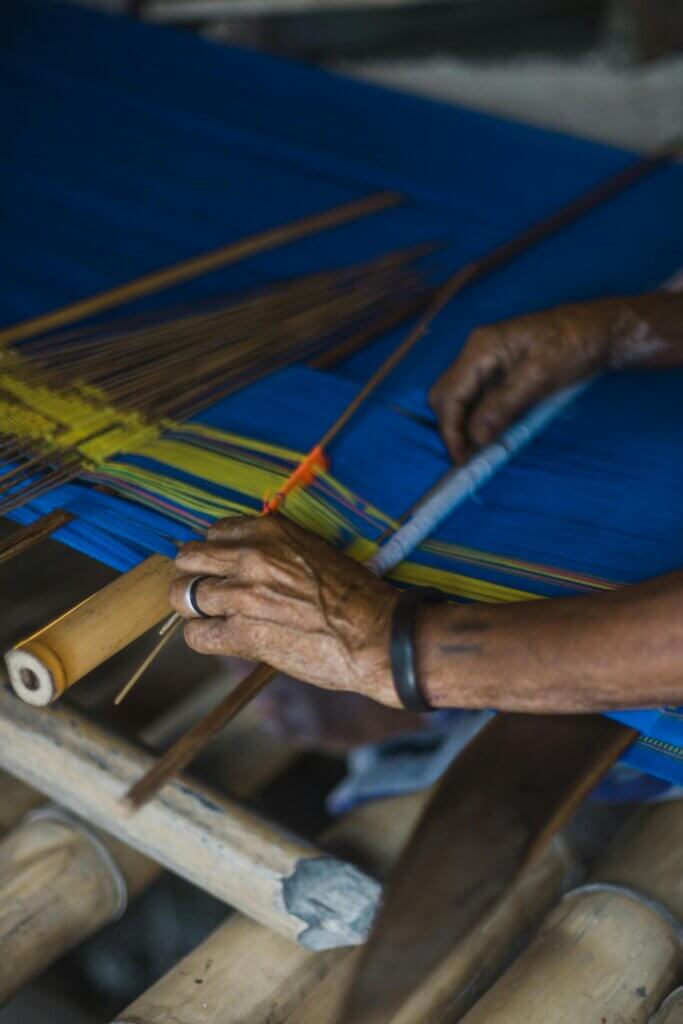
Despite the slow process, weavers take pride in their work. In order to preserve this art, they avoid using powerlooms. That’s why a genuine Chanderi saree feels unique.
Chanderi Saree in Modern Fashion
Although the Chanderi saree is traditional, it has easily blended into modern fashion. Top designers in India, such as Sabyasachi, Raw Mango, and Anita Dongre, have reinvented Chanderi in contemporary styles. Modern versions may feature:
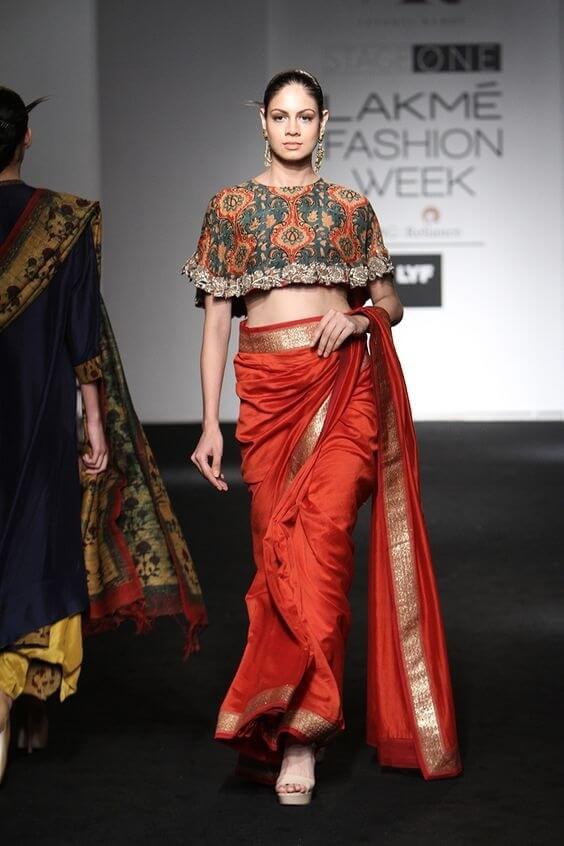
- Minimalist designs
- Abstract patterns
- Unique color blocks
- Blouses with modern cuts
- Sarees styled with belts, jackets, or crop tops
Despite being rooted in history, the Chanderi saree continues to appeal to the modern woman. Many celebrities now wear it on red carpets, movie promotions, and cultural events. This has helped revive the Chanderi handloom industry and increase its demand.
Styling Tips for Chanderi Sarees
Here’s how you can wear a Chanderi saree for different occasions:
• For Weddings and Festivals
Go for a silk Chanderi in rich hues like maroon, peacock blue, or mustard. Pair it with heavy gold jewelry and a neat bun with flowers. A potli bag or embroidered clutch completes the look.
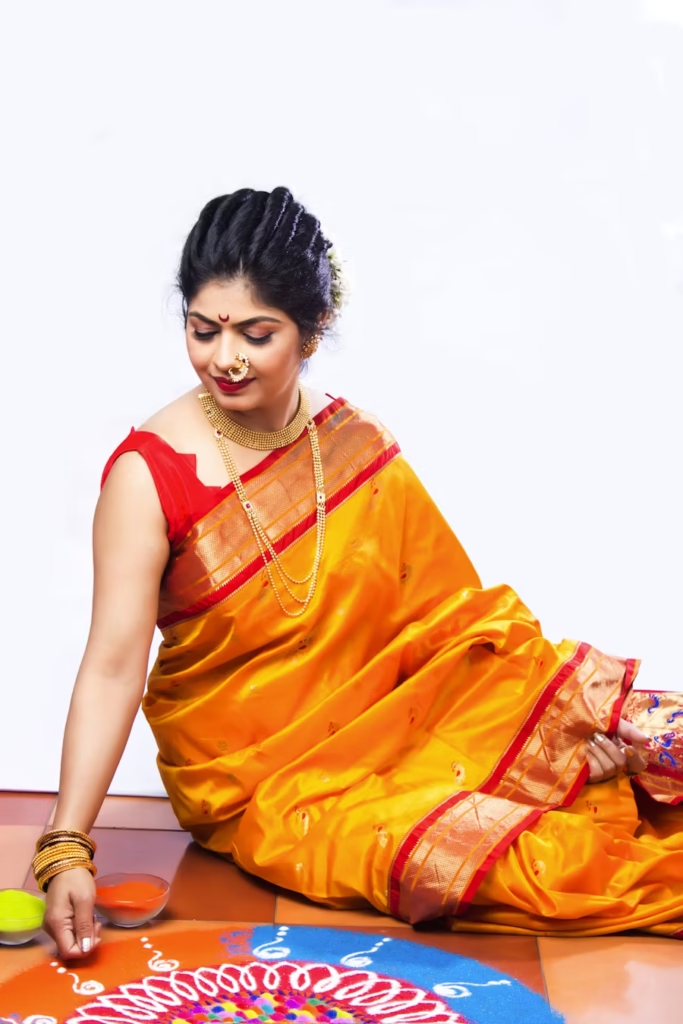
• For Office or Meetings
Choose a cotton or silk-cotton Chanderi saree in pastel shades. Wear a simple blouse and minimal jewelry. A neat pleated drape adds to your elegance.
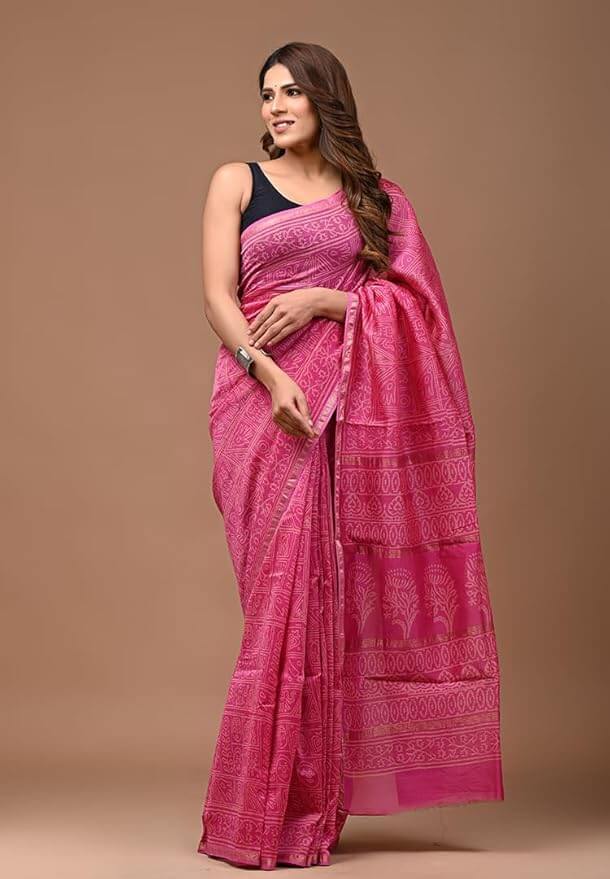
• For Casual and Day Events
Opt for printed or lightly embroidered Chanderi sarees. Pair with a sleeveless blouse, oxidized earrings, and flat sandals.
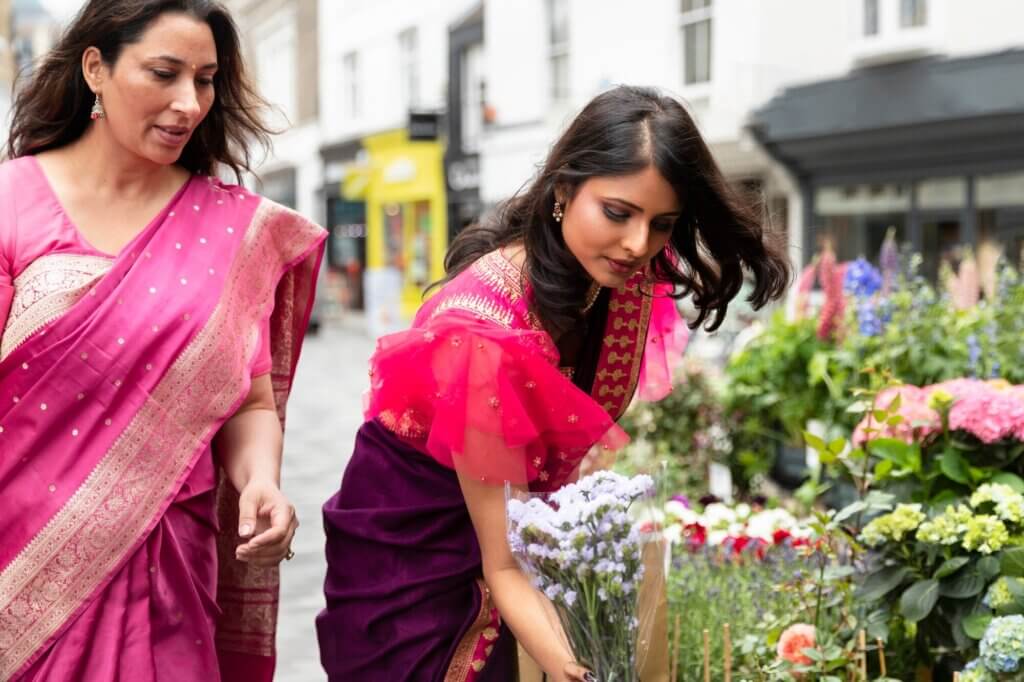
The lightness of the fabric ensures you stay stylish without feeling uncomfortable.
How to Care for Your Chanderi Saree
Although the Chanderi saree is durable, it is delicate. Hence, proper care is essential.
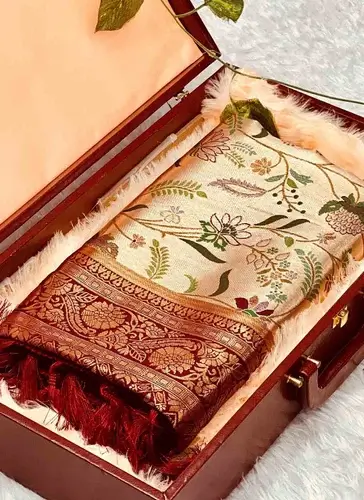
- Dry Clean Only: Always dry clean your saree to preserve its shine and color.
- Use a Cotton Wrap: Wrap the saree in a muslin or cotton cloth to protect it from dust and moisture.
- Avoid Direct Sunlight: Do not expose the saree to strong sunlight for long periods.
- Iron Gently: Use low heat while ironing. Always place a thin cloth between the iron and the saree.
With proper care, a Chanderi saree can last for decades and even become an heirloom.
Chanderi Weavers: The Unsung Heroes
Behind every beautiful Chanderi saree, there is a skilled weaver. Most of them belong to traditional weaving families in Chanderi town. Despite facing challenges like low wages and changing fashion trends, they continue to practice this ancient craft.
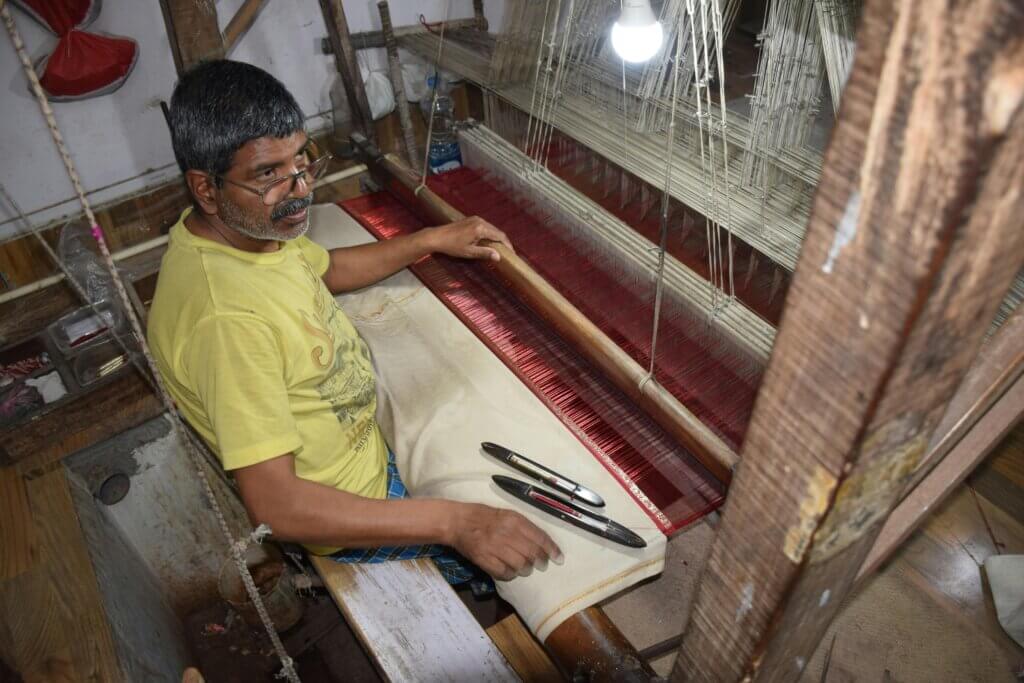
Today, many NGOs and designers work directly with these artisans to give them better visibility and fair pay. In order to support them, always try to buy authentic handloom sarees.
Why Every Wardrobe Needs a Chanderi Saree
Despite the rise of synthetic fabrics and western outfits, the Chanderi saree remains irreplaceable. Here’s why you must have one:
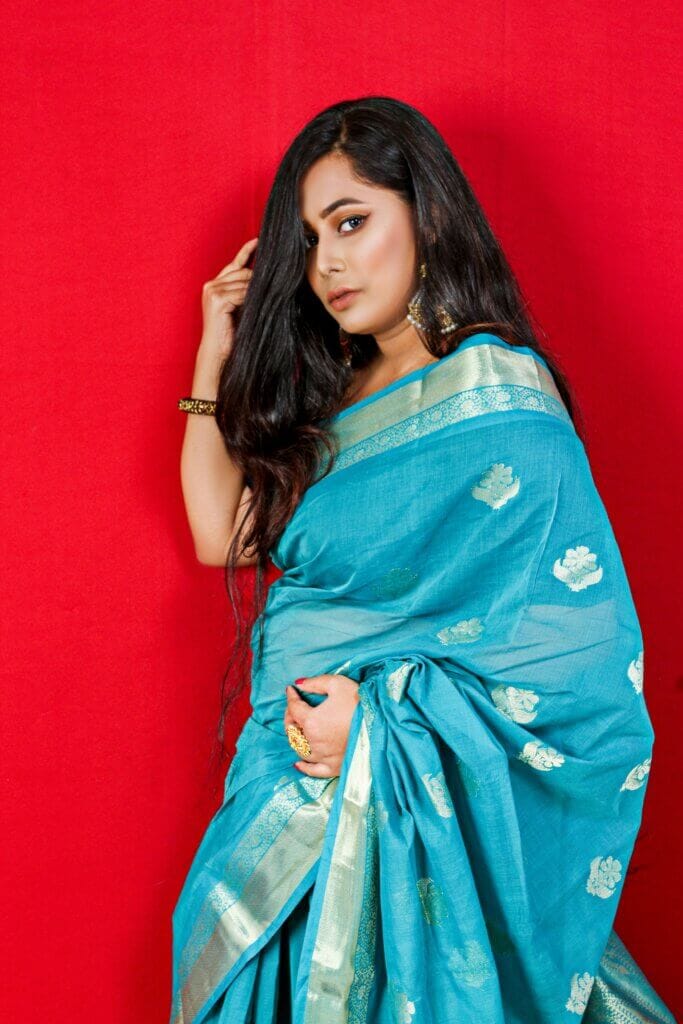
- Lightweight, hence it easy to wear.
- Suits every body type and age group.
- Ideal for both summer and festive occasions.
- Adds a royal touch to your look.
- Represents Indian heritage and craftsmanship.
In contrast to fast fashion, a Chanderi saree is timeless. It is not just stylish but also sustainable.
Drape Yourself In Royalty & Feel The Luxury
The Chanderi saree is more than just clothing. It is a connection to India’s royal past, a tribute to artisan skill, and a perfect blend of tradition and modernity. Because of its grace and comfort, it continues to be loved by women across generations.
So, whether you are a bride, a working professional, or a culture lover—add a Chanderi saree to your wardrobe. It will never go out of style.

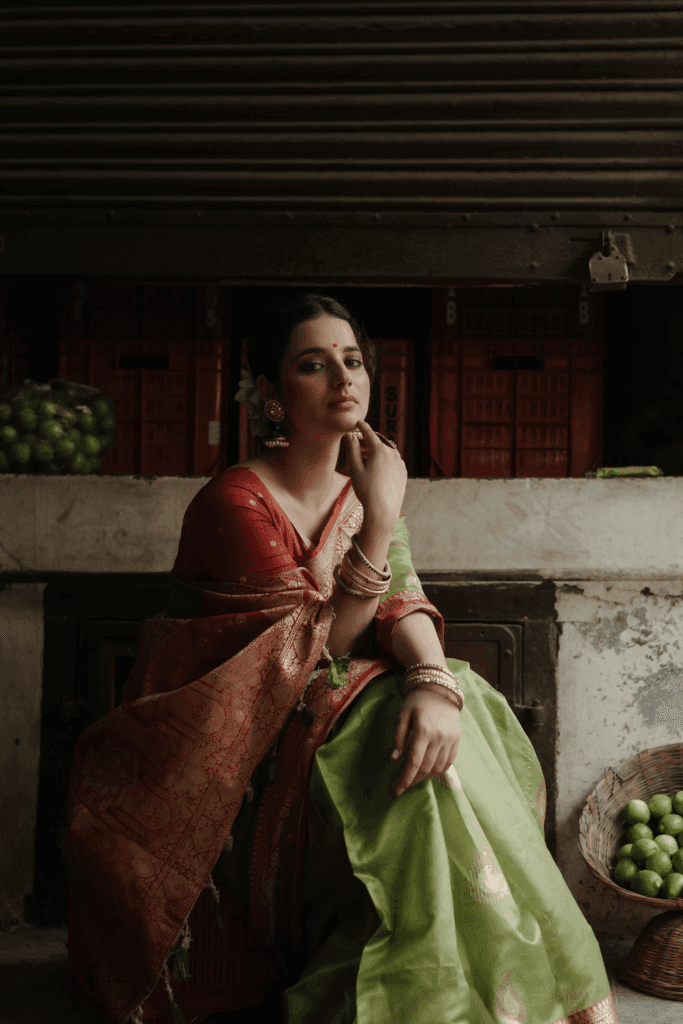
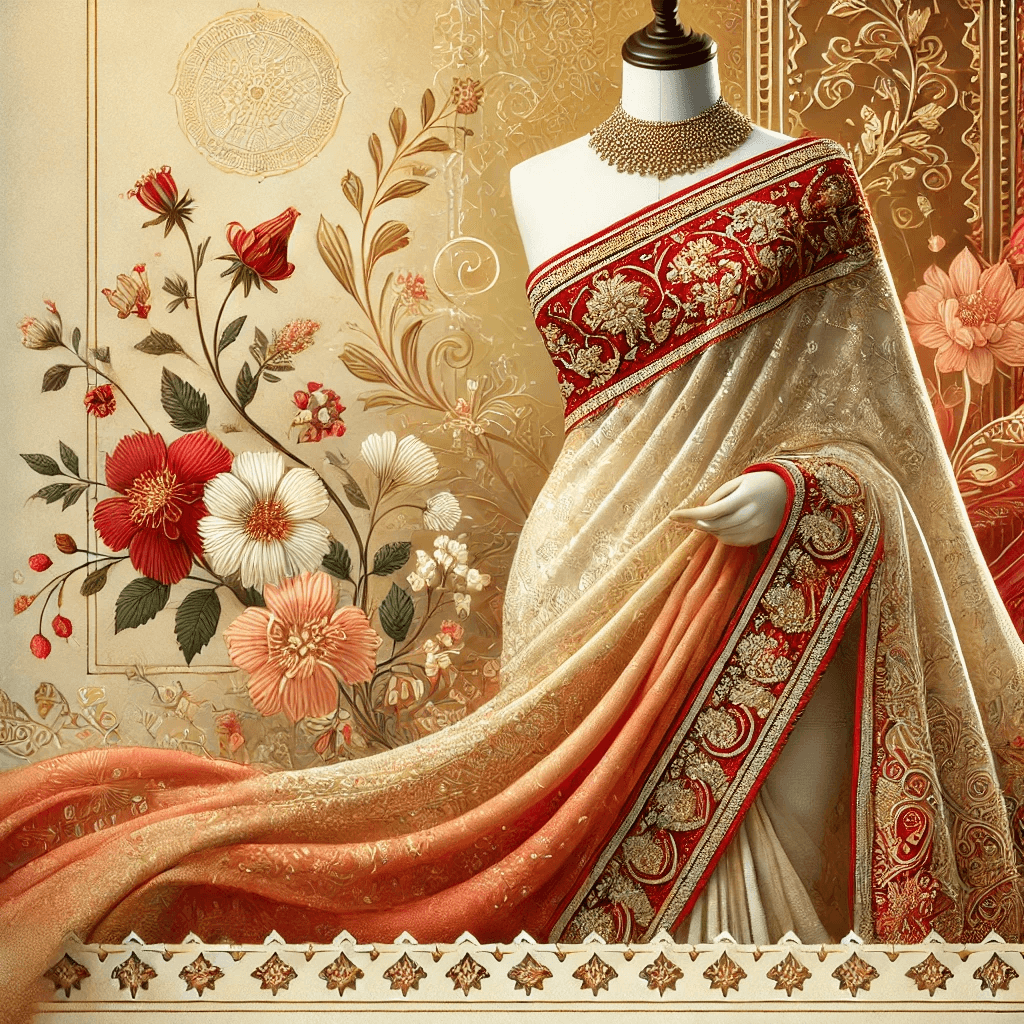
“This blog perfectly captures the elegance of Chanderi silk sarees! Their sheer texture, lightweight feel, and subtle shine make them a timeless wardrobe essential. At Qyaari, we take pride in offering handwoven Chanderi silk sarees that blend heritage with modern aesthetics—ideal for both festive and everyday wear. Truly enjoyed reading this!”